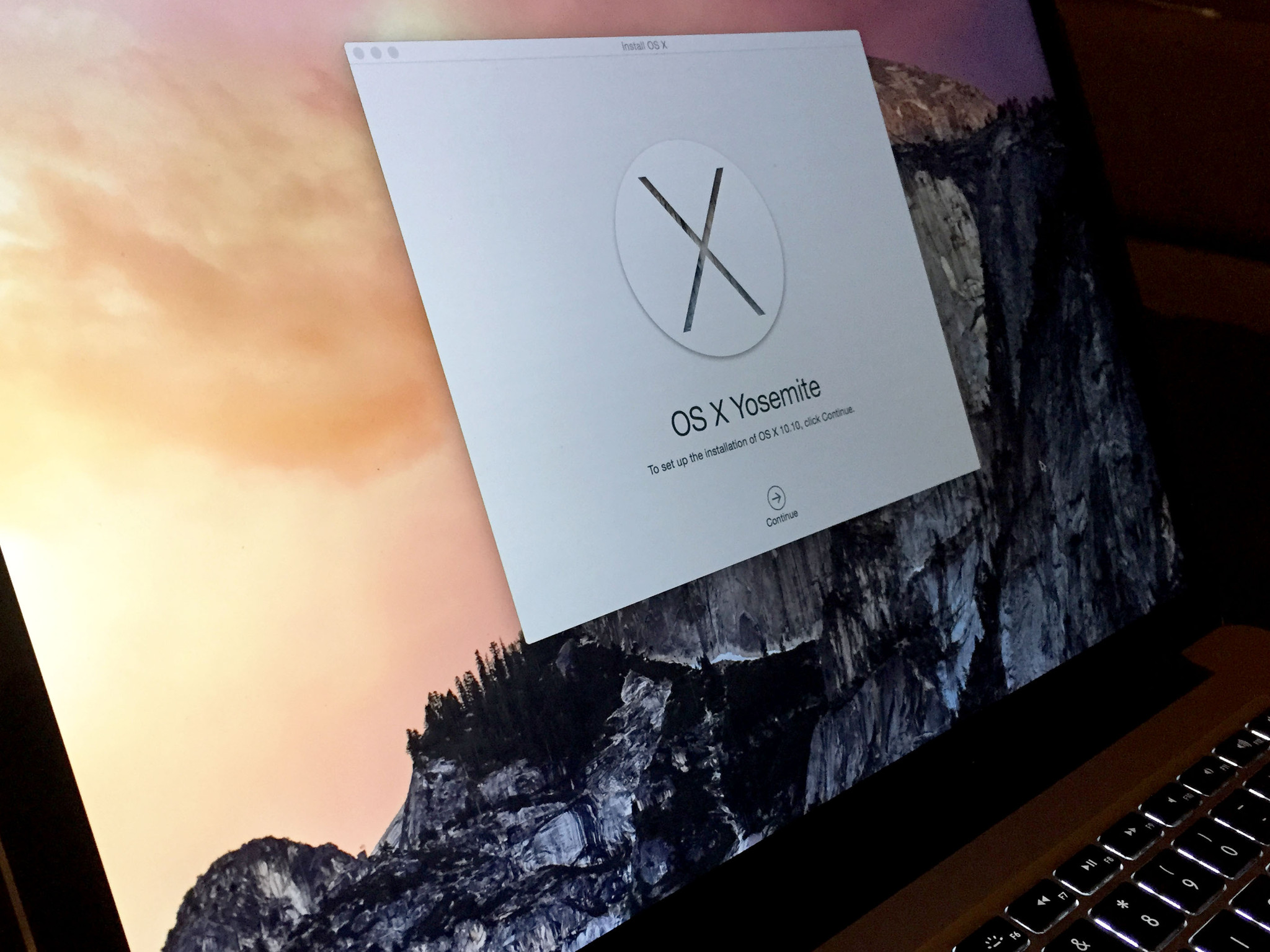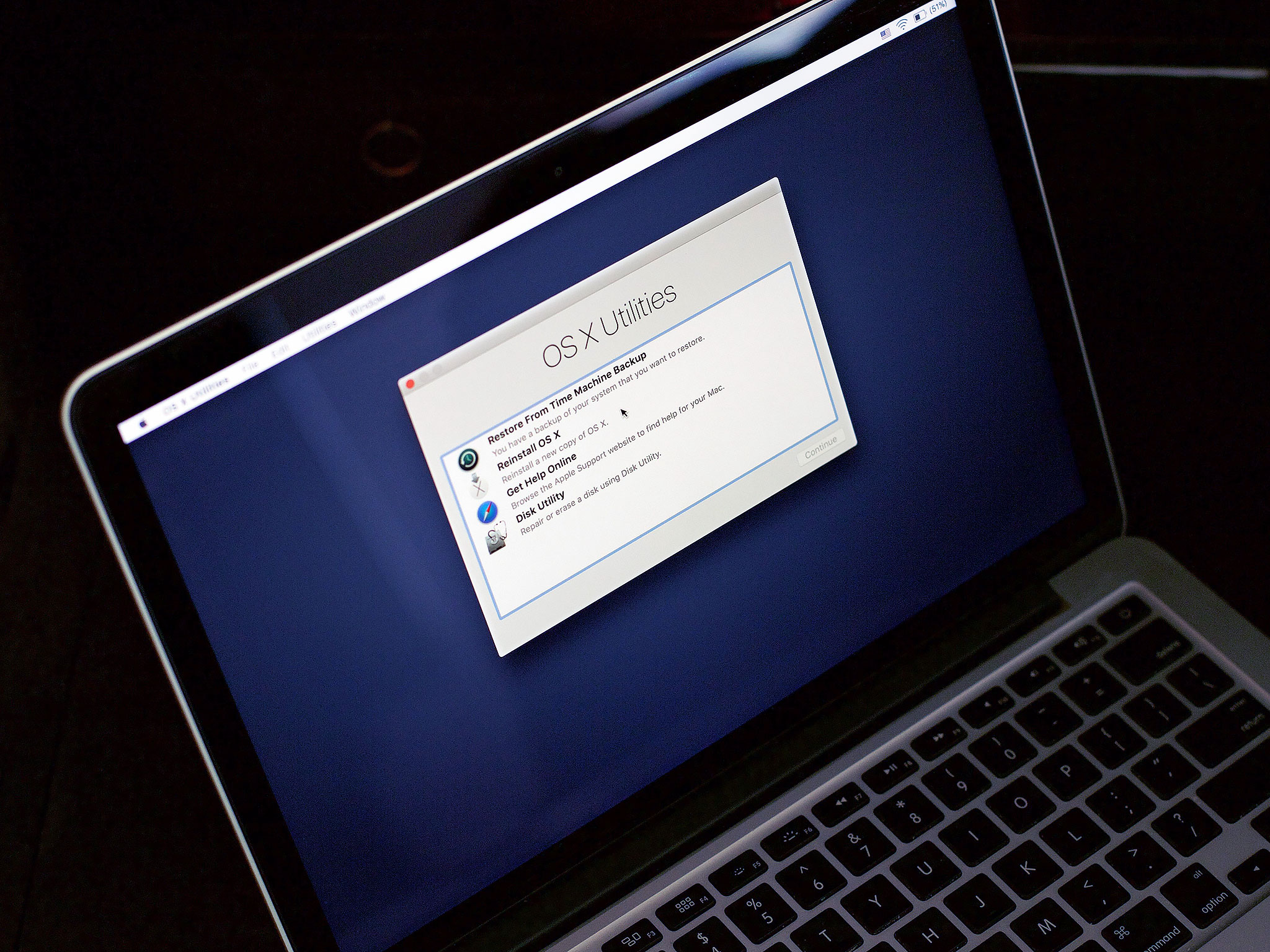Reinstall Os X Yosemite
Clean Installing OS X Yosemite | The three steps to clean installing OS X Yosemite
Do you want a brand new start on your Mac with no apps or files? A clean install of OS X Yosemite is just the thing for you. Now, there are three things you’re going to want to do in order to perform a clean install: clean up your Mac (which is a quick, easy task with CleanMyMac X), back it up with Time Machine, and then install a fresh copy of OS X Yosemite.
How To Clean Install OS X Yosemite. Step 1: First and foremost, download OS X Yosemite from the Mac App Store; it’s absolutely free. Download OS X 10.10 Yosemite Final For Free Right Now! Step 2: Once the download process is complete, you will now have to create a bootable OS X Yosemite USB drive, the steps for which are outlined here: Step 3.

We’ll go over all three steps below. So, let's start with number one — Cleaning up your Mac.
Step 1: Clean up your Mac
- Once you’ve done that, here’s how to install, reinstall, or upgrade Yosemite, step by step: Boot from your Recovery HD partition by restarting your Mac while holding down the Command+R keys. The OS X Utilities window appears. Select Reinstall OS X, and click Continue. The OS X Yosemite splash screen appears.
- Click on “OS X Yosemite”. Click on the “Show Package Contents” option. How do I reinstall OS X Yosemite? Boot from your Recovery HD partition by restarting your Mac while holding down the Command+R keys. The OS X Utilities window appears. Select Reinstall OS X, and click Continue. The OS X Yosemite splash screen appears.


So listen, you’re definitely going to want to do a backup of your Mac in case something goes wrong. To make that process easier, you should first clean up your Mac. It may sound like a daunting task, however, there are tools that can help you out, like CleanMyMac. Cleaning up your Mac with CleanMyMac X will save you time and the stress of cleaning it up yourself. Download CleanMyMac X and follow the steps below before backing up your Mac:
- Launch CleanMyMac X.
- Click Scan.
- After it’s done scanning, click Run.
And that’s all it takes to do basic Mac cleanup with CleanMyMac X. If you’d like to clean up more junk on your Mac, check out the sections on the left side of the app. It will help you take care of tons of other cleanup items. After you’re done cleaning the junk off your Mac, it’s time for the next step.
Step 2: Back up your Mac
Backing up is just good practice. If something goes wrong, you don’t want to be left stranded without a backup of your Mac. Now, if you don’t wish to back up your Mac, you can proceed to step three. But remember, if you don’t have a backup and something goes wrong, you won’t be able to recover or restore anything from your current Mac. With that said, here are the steps for backing up your Mac:

- Go to your Applications folder and click Time Machine.
- Click on “Select Disk.”
- Select the external drive you wish to save your backup. An Apple Time Capsule is the ideal place to save it to. If you don’t have one, choose a different external drive.
- Click “On” to turn Time Machine on; the button is located on the left-hand side of the menu.
- To the right, below the name of the storage device, you’ll find, “Oldest backup,” “Latest backup,” and “Next backup.” Your backup should start within the next 5 minutes.
Reinstall Os X Yosemite A Required Download Is Missing
Once you’re done backing up your Mac, head to the next section.
Step 3: Clean Install OS X Yosemite
It’s time for a clean install. We’re going to show you how to do it without using a USB drive, which makes it much easier and less confusing. So to start, you should download OS X Yosemite from the Mac App Store. Once it’s finished downloading, it’ll immediately load up on your screen. Follow the instructions to install OS X Yosemite. Once it’s done, it’ll ask you to restart your Mac. Do it, and once it’s loaded up, we’ll start the clean install process:
- We’re going to restart your Mac again. But this time, hold down Cmd+R. (Keep holding it down while it restarts, do not let go!)
- Now, your Mac should load a screen with a few options (you can let go of Cmd+R now).
- Select the Disk Utility option.
- In the window, at the top of the left bar, select your Mac’s Main Drive. It should be something like MainHD.
- Now, select the Erase tab, located next to the First Aid button at the top-center.
- Near the center of the window, select the Format drop-down list and select “Mac OS X Extended (Journaled)” as the type.
- Click Erase (this will erase your main drive!) and allow some time for the drive to format.
- When it’s finished, close out Disk Utility and select “ReInstall OS X” from the menu. It will ask for your Mac App Store password to redownload OS X Yosemite. Give it a minute to do so.
- A new window should pop up and OS X Yosemite should begin to install. If it does not, press back and enter your password again.
- Once again, follow the install instructions and enjoy your newly clean-installed OS X Yosemite.
These advanced steps are primarily for system administrators and others who are familiar with the command line. You don't need a bootable installer to upgrade macOS or reinstall macOS, but it can be useful when you want to install on multiple computers without downloading the installer each time.
What you need to create a bootable installer
- A USB flash drive or other secondary volume formatted as Mac OS Extended, with at least 14GB of available storage
- A downloaded installer for macOS Big Sur, Catalina, Mojave, High Sierra, or El Capitan
Download macOS
- Download: macOS Big Sur, macOS Catalina, macOS Mojave, or macOS High Sierra
These download to your Applications folder as an app named Install macOS [version name]. If the installer opens after downloading, quit it without continuing installation. To get the correct installer, download from a Mac that is using macOS Sierra 10.12.5 or later, or El Capitan 10.11.6. Enterprise administrators, please download from Apple, not a locally hosted software-update server. - Download: OS X El Capitan
This downloads as a disk image named InstallMacOSX.dmg. On a Mac that is compatible with El Capitan, open the disk image and run the installer within, named InstallMacOSX.pkg. It installs an app named Install OS X El Capitan into your Applications folder. You will create the bootable installer from this app, not from the disk image or .pkg installer.
Use the 'createinstallmedia' command in Terminal
- Connect the USB flash drive or other volume that you're using for the bootable installer.
- Open Terminal, which is in the Utilities folder of your Applications folder.
- Type or paste one of the following commands in Terminal. These assume that the installer is in your Applications folder, and MyVolume is the name of the USB flash drive or other volume you're using. If it has a different name, replace
MyVolumein these commands with the name of your volume.
Big Sur:*
Catalina:*
Mojave:*
Ultimate unwrap 3d pro v3 crack. High Sierra:*
El Capitan:
* If your Mac is using macOS Sierra or earlier, include the --applicationpath argument and installer path, similar to the way this is done in the command for El Capitan.
After typing the command:

- Press Return to enter the command.
- When prompted, type your administrator password and press Return again. Terminal doesn't show any characters as you type your password.
- When prompted, type
Yto confirm that you want to erase the volume, then press Return. Terminal shows the progress as the volume is erased. - After the volume is erased, you may see an alert that Terminal would like to access files on a removable volume. Click OK to allow the copy to proceed.
- When Terminal says that it's done, the volume will have the same name as the installer you downloaded, such as Install macOS Big Sur. You can now quit Terminal and eject the volume.
Use the bootable installer
Determine whether you're using a Mac with Apple silicon, then follow the appropriate steps:
Apple silicon
- Plug the bootable installer into a Mac that is connected to the internet and compatible with the version of macOS you're installing.
- Turn on your Mac and continue to hold the power button until you see the startup options window, which shows your bootable volumes.
- Select the volume containing the bootable installer, then click Continue.
- When the macOS installer opens, follow the onscreen instructions.
Intel processor
- Plug the bootable installer into a Mac that is connected to the internet and compatible with the version of macOS you're installing.
- Press and hold the Option (Alt) ⌥ key immediately after turning on or restarting your Mac.
- Release the Option key when you see a dark screen showing your bootable volumes.
- Select the volume containing the bootable installer. Then click the up arrow or press Return.
If you can't start up from the bootable installer, make sure that the External Boot setting in Startup Security Utility is set to allow booting from external media. - Choose your language, if prompted.
- Select Install macOS (or Install OS X) from the Utilities window, then click Continue and follow the onscreen instructions.
Learn more
Ocam for mac. H%26amp%3bamp%3br block taxcut 2007 premium efile. A bootable installer doesn't download macOS from the internet, but it does require an internet connection to get firmware and other information specific to the Mac model.
Reinstall Os X Yosemite Disk Locked
For information about the createinstallmedia command and the arguments you can use with it, make sure that the macOS installer is in your Applications folder, then enter the appropriate path in Terminal: